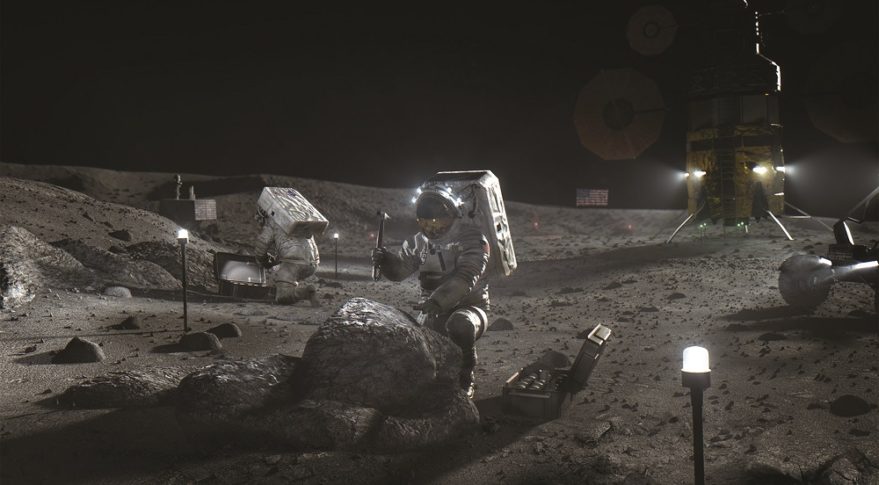Op-ed | On the verge of a new era for space exploration? Assessing the impact of the ongoing crisis
Op-ed | On the verge of a new era for space exploration? Assessing the impact of the ongoing crisis

For more than 50 years, our desire to explore space has led to new discoveries while providing a continuous stream of socioeconomic benefits here on Earth. Space exploration, moreover, has increasingly cemented itself as a field of high strategic importance for governments around the globe.
Fueled by these multiple factors, global government investment in space exploration has grown in the past decade driven by programs in leading countries and joined by an increasing number of actors. According to Euroconsult’s latest research, Prospects for Space Exploration 2nd Edition, global government investment in space exploration totaled nearly $20 billion in 2019, increasing at a 5% compound annual growth rate over the past five years. Thirty-one countries and space agencies lead this global investment with the United States accounting for 71% of it.
The strategic and geopolitical value of the Earth’s natural satellite plays an important role behind the rationale of heading back to the moon, and it is considered as a central piece toward future crewed Mars missions. Moreover, space agencies share the objective of creating a sustainable lunar market environment, with cost-sharing, risk-sharing, and partnering as key goals for this new wave of lunar exploration.
Leading space agencies also agree on the importance of maintaining a sustained presence in low Earth orbit. The International Space Station remains the world’s largest international cooperation program to date and the cornerstone for human spaceflight. Funding for the station is secured by all partners until at least 2024 and support has grown for extending operations to 2028 or 2030 in cooperation with the private sector. NASA’s future vision for LEO includes a sustainable U.S.-led commercial human spaceflight marketplace. China, in the meantime, has ramped up investments to ensure the launch and completion of its LEO space station in the coming years. Meanwhile, astronomy and planetary missions to Mars and other destinations will continue expanding our scientific knowledge and technical capabilities.
To achieve these goals, global government investment for space exploration is forecast to increase to $30 billion by 2029. This forecast funding growth of about 50% over the coming decade reflects government support of large-scale, ambitious plans, which have started to materialize with the moon as a core focus.
Comments
Post a Comment